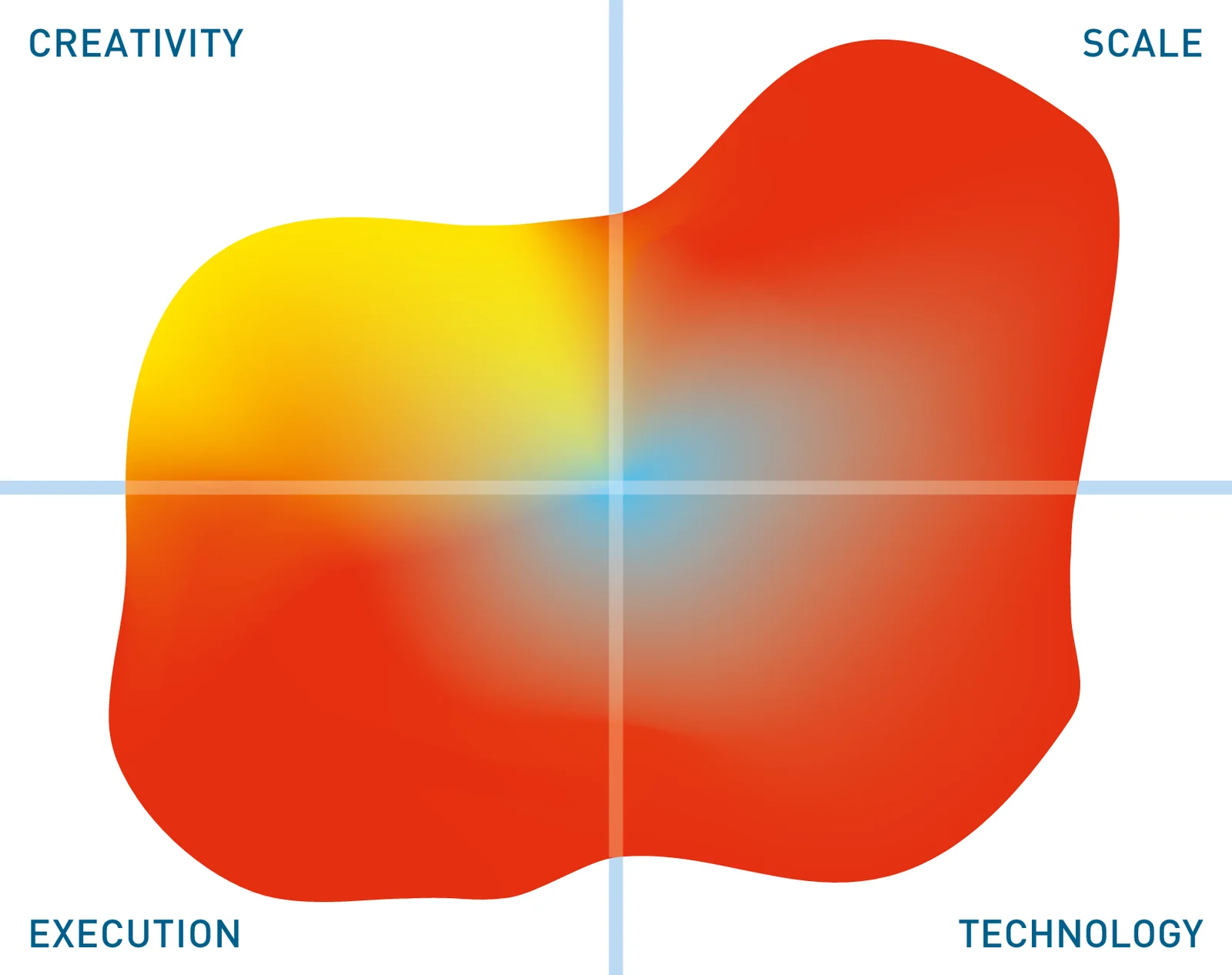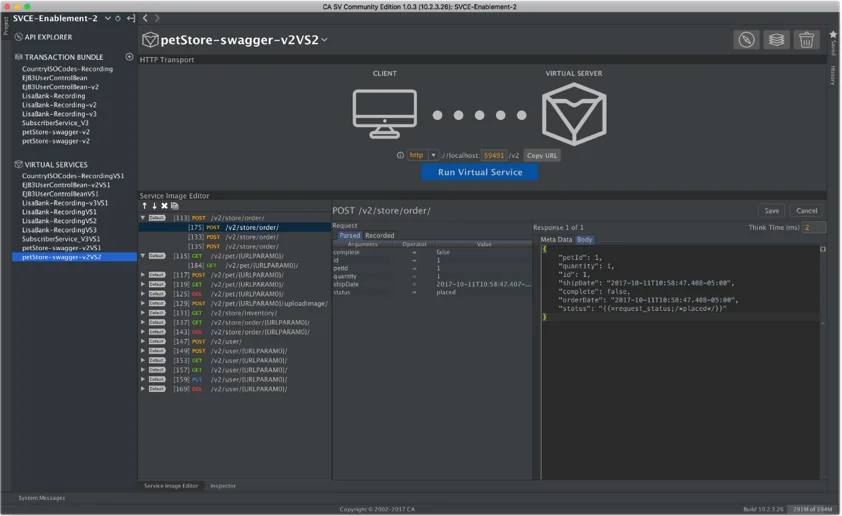CA Service Virtualization
Update solution on December 17, 2018

CA Service Virtualization is a service virtualisation solution for both simulating and testing your services. The Enterprise Edition is proprietary and available as either a desktop or web application, while the Community Edition is its freemium counterpart. CA also develops CodeSV, a Java library for enabling service virtualisation that is freely available via GitHub.
Customer Quotes
“With CA Service Virtualization, applications are tested in an integrated and real environment. Tests are only conducted in isolation. Today, we can ensure the quality and smooth performance of applications with testing scenarios that perfectly simulate the operating environment.”
Telefonica
“A team of three was able to build 450 test cases that can now be automatically executed in just a few hours, which would usually have taken a much larger team several days.”
AusNet Services
“CA Service Virtualization helps us deliver applications that perform on day one.”
Tech Mahindra
“CA Service Virtualization allows us to reduce the total amount of time spent on development.”
Qualica
CA Service Virtualization Enterprise Edition allows you to create virtual services either by recording requests and responses to and from your real services, or by importing pre-recorded request/response pairs or design specifications (for example, Swagger files). It supports a wide variety of service types and data protocols that can be extended by building custom handlers through a provided framework. It will automatically choose the correct handler to capture request/response data and can capture this data in either a stateful or stateless fashion. Data can be automatically desensitised during recording based on criteria that you specify. Once recording is finished and your virtual service is active, it will respond to any recorded requests with the appropriate recorded response. Furthermore, the solution’s “magic string” and “magic date” capabilities allow it to respond appropriately to requests that contain unrecorded date or string data. In this case, the product will extrapolate from existing patterns in recorded request/response pairs to generate a new response. In addition, Enterprise Edition supports multiple methods for matching responses to requests, including creating your own custom matching script. You can also set a specific response time for your virtual services.

Figure 1 – Managing a Virtual Service in CA Service Virtualisation Community Edition
Virtual Services are deployed as Virtual Service Environments (VSEs) that are monitored and controlled through a web dashboard. You can toggle whether your virtual services should intercept requests to your real services, whether they should fall through to your real service if they can’t respond to a request, and so on. You can also toggle “learning mode”. When a VSE is in learning mode, it will monitor requests and responses to its corresponding real service and update itself accordingly. Moreover, this update can be done either manually (using session tracking) or automatically. Test cases for your virtual services can also be generated automatically and executed through your web browser. They integrate with other CA products such as CA Agile Requirements Designer, as well as Selenium. Load testing is built in and can be executed against both real and virtual services.
CA Service Virtualization Community Edition is the freemium counterpart to Enterprise Edition. As with the latter, it allows you to create virtual services by either recording or importing request/response pairs. It also contains an API explorer that lets you send requests and monitor responses, allowing you to test your virtual services (albeit manually).
Finally, CA also develops CodeSV, a Java library that allows you to create and leverage virtual services from within Java, and in particular, from within your Java unit tests. It can be downloaded freely through GitHub.
Testing is an extremely important part of the software development lifecycle. Continuous testing and test automation have both seen widespread adoption (particularly as part of Agile or DevOps-oriented development pipelines) and have proven very effective at ensuring software quality. Moreover, these technologies promise to dramatically reduce both testing cost and time to market. However, despite the theoretically large reduction in testing time provided by continuous and automated testing, many organisations are still finding themselves bottlenecked by either testing or quality assurance.
There is no silver bullet for this problem. However, it’s likely that these bottlenecks can be widened significantly, and, in some cases, even eliminated entirely, by service virtualisation. Many of the delays testing and development teams experience are due to unavailable dependencies and restrictions on the use of third party services. These are the problems that service virtualisation was made to solve. CA Service Virtualization, in particular, promises a 25-50% reduction in dev/test cycle time. In fact, their results speak for themselves, with customer success stories that boast up to an 85% reduction in testing cost and up to a 90% increase in service availability for testing purposes.
The Bottom Line
CA Service Virtualization Enterprise Edition is an eminently competent, feature rich and complete service virtualisation solution. The Community Edition, while understandably stripped down, still offers basic functionality and does so within an intuitive user interface and an affordable pricing model. If you are in the market for a service virtualisation solution, there is every reason for at least one of these products to be on your shortlist.
Related Company
Connect with Us
Ready to Get Started
Learn how Bloor Research can support your organization’s journey toward a smarter, more secure future."
Connect with us Join Our Community
